
At least two prototypes of this model were built in 1965. The story goes that the bodywork, created as always by Pininfarina, was supposed to have been for the new berlinetta. However, Enzo Ferrari scotched the proposal and the cars already built were initially put into storage.
They were later reworked and lightened to make them more suitable for racing and went on to take part in the Targa Florio, the 1000 km at the Nürburgring and the 24 hours of Le Mans in 1965. The latter was a truly tough race and the Ecurie Francorchamps car, with Willy Mairesse and “Beurlys” (the pseudonym of millionaire Jean Blaton), came home third overall behind two 250 LMs and also took first in the GT class. In 1966, a small series was built for customers which featured the same bodywork as the production model.


Engine
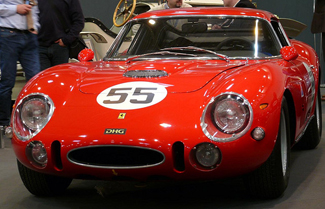 Type : front, longitudinal 60° V12
Type : front, longitudinal 60° V12- Bore/stroke : 77 x 58.8 mm
- Unitary displacement : 273.81 cc
- Total displacement : 3285.72 cc
- Compression ratio : 9.5 : 1
- Maximum power : 221 kW (300 hp) at 7600 rpm
- Power per litre : 91 hp/l
- Valve actuation : single overhead camshafts per bank, two valves per cylinder
- Fuel feed : six Weber 40 DCN/2 carburettors
- Ignition : single spark plug per cylinder, two coils
- Lubrication : dry sump
- Clutch : single-plate
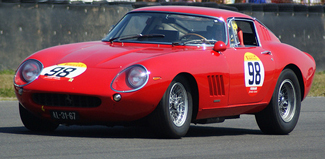 Performance
Performance
- Top speed : 282 km/h
Chassis
- Frame : tubular steel
- Front suspension
- independent, unequal-length wishbones, coil springs, telescopic shock absorbers, anti-roll bar
- Rear suspension
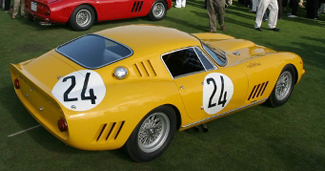 independent, unequal-length wishbones, coil springs, telescopic shock absorbers, anti-roll bar
independent, unequal-length wishbones, coil springs, telescopic shock absorbers, anti-roll bar- Brakes : discs
- Transmission : 5-speed + reverse
- Steering : worm and roller
- Fuel tank : capacity 140 litres
- Front tyres : 5.50 or 6.00 x 15
- Rear tyres : 6.50 or 7.00 x 15
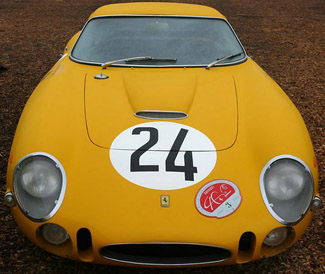 Bodywork
Bodywork
- Type : two-seater berlinetta
- Length : 4300 mm
- Width : 1700 mm
- Height : 1160 mm
- Wheelbase : 2400 mm
- Front track : 1377 mm
- Rear track : 1426 mm
- Weight : 980 kg (dry)

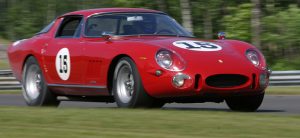

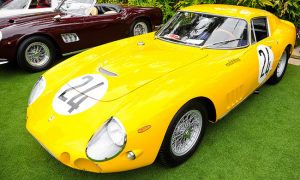
You must be logged in to post a comment.